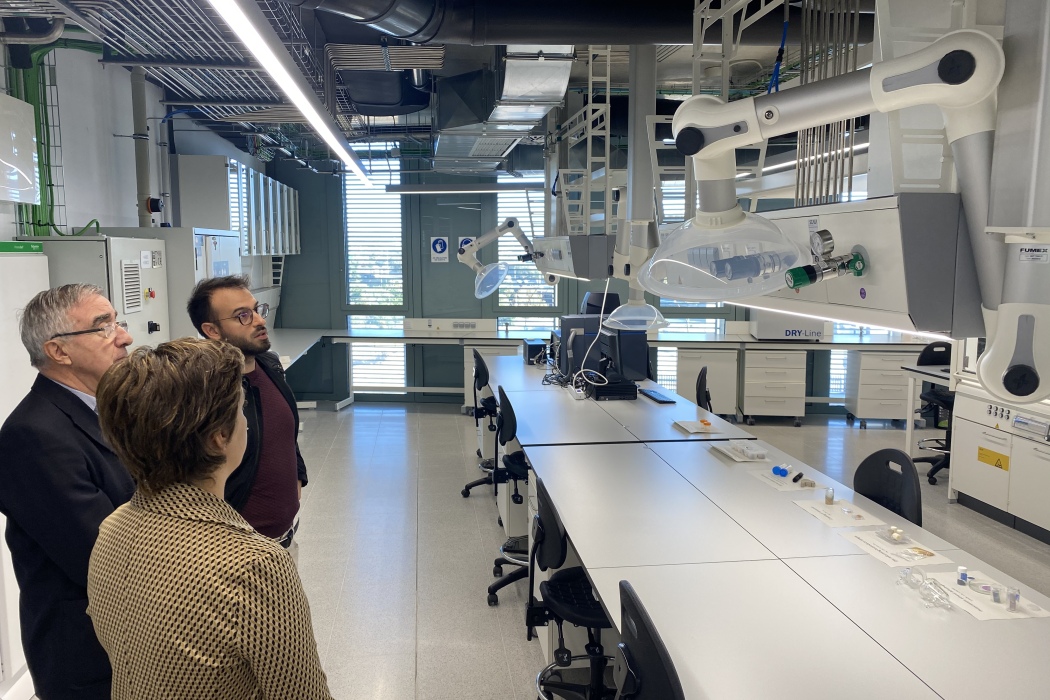The Polytechnic University of Catalonia needs to improve its facilities to carry out research in new technologies for renewable energy generation. With the goal of making daily use of hydrogen feasible, as foreseen by the European Commission. Grup Carles has been in charge of drafting the project and directing the work with its professionals specialized in each of the areas involved in the project.
The hydrogen that is mainly used (95%) is blue hydrogen, obtained from natural gas and nuclear energy, and what the UPC wants to develop is green hydrogen, generated from renewable energies, as it is five times more efficient than fossil fuels and can be easily stored.
The Polytechnic University of Catalonia is working determinedly to meet Europe's goal of achieving 40,000 MW of green hydrogen. Currently, only 60 MW of this sustainable energy source is generated.
Atila, the project director, explained that "we face significant challenges in the storage and use of this key element for the future of energy in this project. We are working on the development of sustainable technologies to obtain green hydrogen, as well as its application as fuel for various transport applications such as buses, trucks, trains, and ships. In addition, we are investigating how green hydrogen can be applied in other business and academic sectors, with the aim of contributing to the decarbonization of the planet." Gerard Gibert, head of Tertiary Sector and Energy Installations at Grup Carles, added that "We are proud to be part of this vision and are committed to overcoming technical and technological challenges to contribute to a more sustainable and clean future."
Grup Carles' Solution
Grup Carles' solution for the UPC hydrogen and photovoltaic laboratories project is completely sustainable and based on green technologies. Firstly, they are installing solar panels on the roof of building C on the Campus, which will power electrolyzers, devices capable of separating oxygen and hydrogen from water. This green hydrogen, obtained entirely renewably, will not emit greenhouse gas emissions. The obtained green hydrogen will be stored in tanks directly connected to the lower floor of the building, where they are developing a 340 m² hydrogen research laboratory. This laboratory will be a pioneer in Catalonia and will offer an innovation and technology platform for the business sector and the academic world.
